Today, just three different chemistries of lithium-ion batteries represent the vast majority of energy storage technologies on the market: nickel-cobalt-manganese, nickel-cobalt-aluminum, and lithium-ferrous-phosphate.
While the performance and energy density of these batteries has opened a lot of doors for other technologies, including electric vehicles and large-scale renewable energy, there are pitfalls, and the scope for further improvements in energy density and performance is limited. Issues with fire safety, degradation in long-term performance, temperature sensitivity, and reliance on rare, expensive or otherwise problematic materials leave both manufacturers and customers happy to consider alternatives.
Raw material sourcing
And there is no shortage of alternatives out there. The list of alternate materials that could potentially go into a battery is long: A 2019 study at Argonne National Laboratory in the United States seeking to identify new electrolyte materials began with a list of 166 billion molecules. And even after narrowing this down via machine learning, 133,000 still required further investigation. Given the varying use cases as well, the market will likely be spread across several technologies in the future. Here we take a brief look at some of the battery types you can expect to see more of in the coming years.
Solid-state batteries
A solid-state battery is still essentially a lithium-ion battery, substituting the liquid electrolyte for a solid material. This has been one of the most hyped technologies in recent years, and given major investments from industrial giants including Mercedes-Benz, CATL, Samsung, and Toyota to name but a few, it would almost be surprising if we didn’t see major commercial applications of this technology at some point.
The claim is that a solid electrolyte allows the use of a lithium metal anode, which greatly increases energy density, but with today’s liquid electrolytes, quickly leads to dendrite formation – often the cause of short circuiting and even fires.
With a solid electrolyte, this risk is greatly reduced. The technology also promises further advantages in long-term performance and recyclability. The hurdle for solid-state technology is developing a solid electrolyte which can transport ions through the battery fast enough at room temperature.
For now, it is too early to say which material combinations we might see in a commercial solid-state battery. But it’s likely though that they would be produced without nickel or cobalt, and the use of lithium in metal form rather than a solvent could mean easier recycling.
France’s Blue Solutions is an early adopter of the technology, having set up 500 MWh of production capacity in France and Canada for its lithium-metal-polymer battery. And earlier in 2019, Belgium-based research institute imec fabricated a solid-state battery that achieved a capacity of 400 watt-hours per liter using what it describes as a ‘solid nanocomposite electrolyte’ in combination with a lithium metal anode and a standard lithium-ferrous-phosphate cathode. The institute says it aims to “surpass wet Li-ion battery performance and reach 1000 Wh/l by 2024.”
More at the anode
Universities in the United States are also pursuing alternate approaches to safely integrating lithium metal anodes. The University of California, San Diego achieved encouraging results working with a liquified gas electrode and is aiming at commercialization to “serve the growing markets of all-weather grid storage, electric vehicles, and high-atmosphere drones,” according to spin-out company South 8 Technologies.
A group at the Pacific Northwest National Laboratory, meanwhile, has experimented with different electrolyte mixes. It claims to have discovered the root cause of dendrite formation at the anode and has developed an additive to prevent it. And the U.S. Department of Energy’s SLAC National Accelerator Laboratory in California is working on a coating for the lithium metal anode which they say could deliver ions to the electrode in a uniform manner, reducing performance loss and the formation of dendrites.
Silicon-based anodes present another possibility for a lighter, more energy-dense material to replace the graphite used in today’s commercial solutions. Here, expansion is the problem – silicon expands up to 400% as it alloys with lithium. A group at Rice University in Texas was able to get around this by using porous silicon, and fabricated a full cell lithium-ion battery using a silicon anode, which reportedly had a stable capacity of 1000 milliamp hours per gram.
Sodium-ion
Given concerns surrounding the supply chain for lithium batteries, sodium is emerging as a popular alternative among researchers, thanks to its low cost and abundance. Lower energy density compared to lithium means much larger batteries, so applications in the electric vehicle or consumer electronics industries remain unlikely in the foreseeable future.
Work on raising the capacity is underway. In January, researchers at the University of Southern Denmark discovered that replacing some of the iron in a lithium ferrous phosphate cathode with manganese led to a capacity increase of more than 15%.
Sodium-ion could already be a viable option for commercial or utility-scale storage applications, where size and weight are less pressing concerns. A pilot project underway in Australia with 30 kWh of sodium-ion battery packs powering a sewage pumping station will shed more light on the technology’s performance in the field.
Outliers
There are plenty more battery materials under investigation in labs around the world, which currently look a long way from the “real world,” but could always defy expectation. Proof-of-concept devices have been developed for organic potassium-ion and calcium batteries, both of which promise reliance on abundant non-toxic materials. And 2019 saw the first fully rechargeable lithium-carbon dioxide battery fabricated at the University of Illinois at Chicago.
This content is protected by copyright and may not be reused. If you want to cooperate with us and would like to reuse some of our content, please contact: editors@pv-magazine.com.
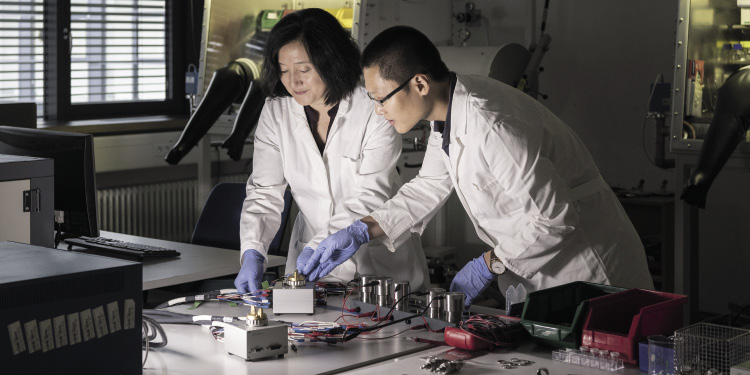
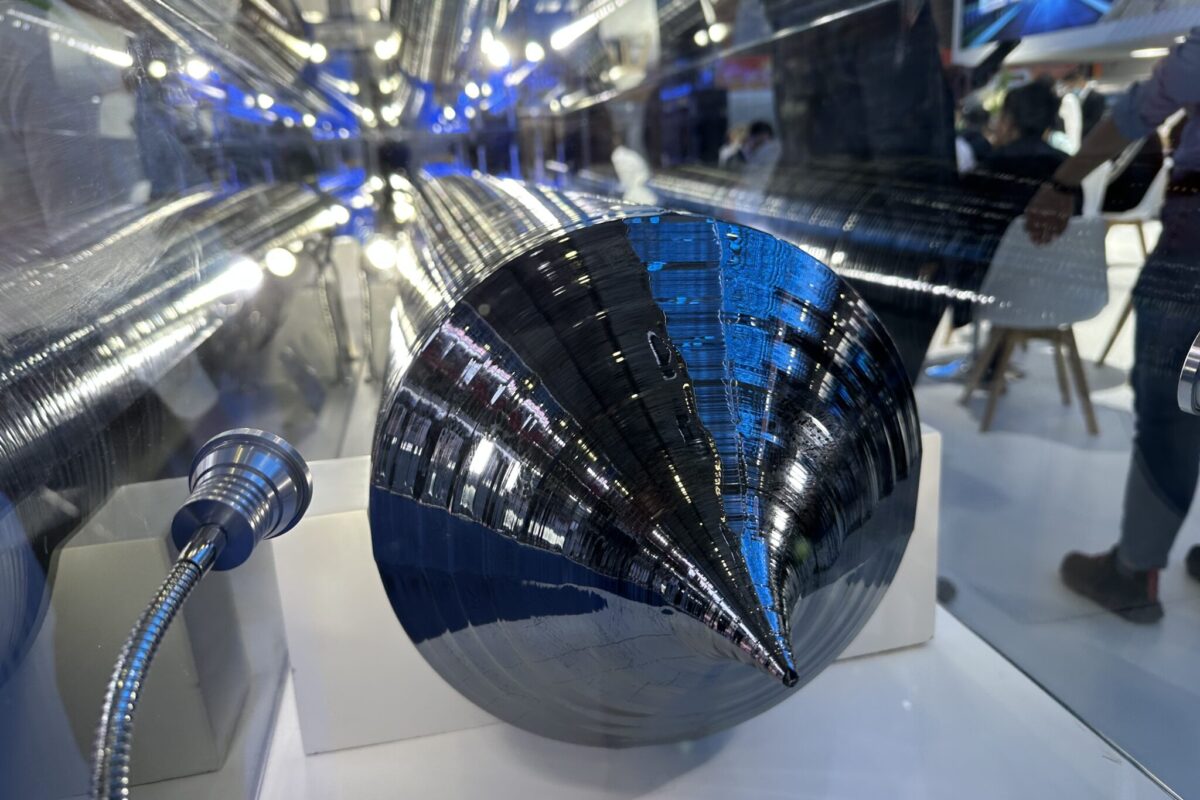


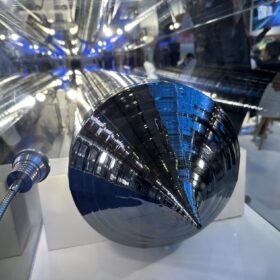
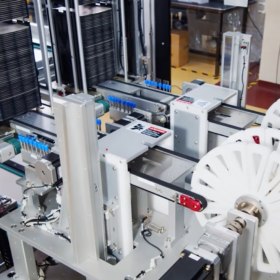

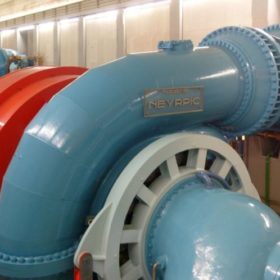
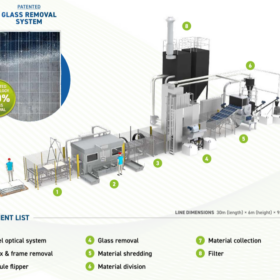
The issue with use of Batteries is ENERGY STORAGE and not just development of a “better” Electro-Chemical Device only…. aka Electric Batteries.
Pumped (Hydro) Storage has been used for over a hundred years… by Electric Utilities and other; but are NOT MOBILE.
Compressed Air has been stored in
Underground Caverns/Vessels for abput 150 years.
Compressed Air can even Power Vehicles (CAV’s) without any Waste Problems (as for “Old/Dead” Batteries) and massive Replacement Costs… which the Battery based EV Manufaturers readily shoo-shoo away.
CAV’s also provide free Air-Conditioning and alleged lower Efficiencies can be offset by this “feature” as well as Heat Recovery during Air Compression.
The “herd mentality” of the Financial Industry needs to be changed… and look at TOTAL OWNERSHIP COSTS OF A VEHICLE (or Utility Size Batteries)… ignoring the huge replacement costs… in five years or so…. something other options do NOT REQUIRE…
Instead of flogging an old horse/ technology (200+ year old Electro-Chemical Battery)… look at other technologies and solutions too…
Electric Batteries traps us in a massive Waste Handling/Pollution Problem in the near future… like Nuclear Waste….. which no one wants and won’t go away… either.